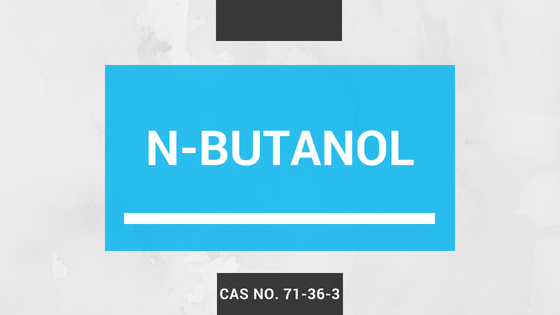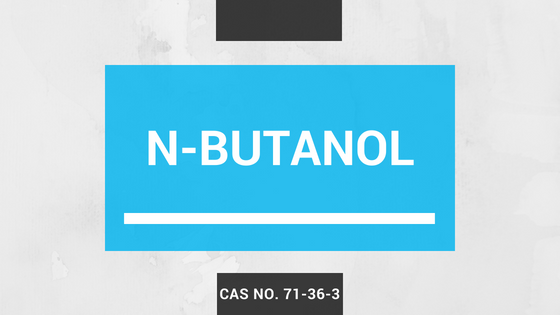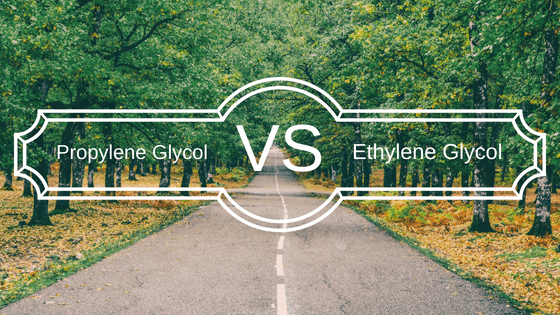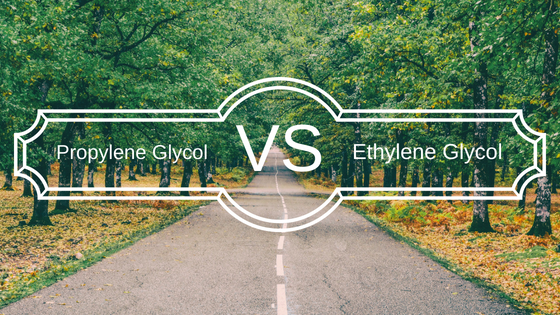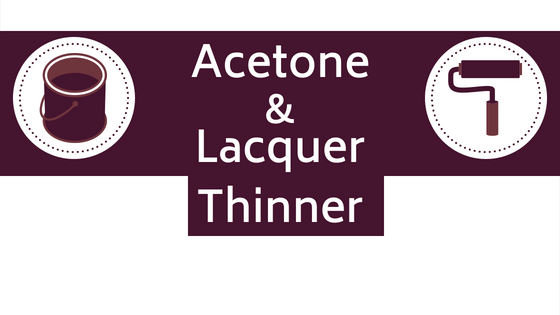Acetone is a key ingredient in most lacquer thinners including Ecolink’s Lacquer Thinner #11, Lacquer Thinner #48, and Lacquer Thinner #51.
Acetone is an important component in every type of lacquer thinner product, because as a solvent acetone is a very strong and effective cleaning agent.
Common Applications
Acetone is useful to prep surfaces prior to painting with both lacquer-based and oil paints. Acetone is often incorporated into paints and paint thinners as a volatile compound.
Quality lacquer thinners require power solvents with fast evaporation rates. Fast drying solvents are a necessity in products like Lacquer Thinner #11, Lacquer Thinner #48, and Lacquer Thinner #51, so that no residue or streaks are left behind when lacquer thinner is used to remove paint or adhesive.
Lacquer Thinner is a common product in paints and adhesives; acetone is also a common product in paints and adhesives. This source of mutual use is why acetone is a required product of any lacquer thinner.
Acetone is the ingredient that makes lacquer thinner a strong cleaning agent, fast evaporating, and adds to lacquer thinners’ solubility in water.
In some situations lacquer thinner and acetone can be used interchangeably, but it is helpful to remember that it is difficult to find lacquer thinner without acetone for a good reason.
Acetone or Lacquer Thinner?
It is often better to use lacquer thinner in place of acetone, because acetone on its own has a much faster evaporation rate than lacquer thinner. Lacquer thinner has other ingredients besides acetone–i.e. Lacquer Thinner #11 includes Toluene, Acetone, and Methanol.
Lacquer Thinner and acetone have different uses on their own, but if a strong cleaning agent to remove lacquer-based paints, residue, and adhesives is needed lacquer thinner is your best bet.
For these purposes there is often no reason to choose between acetone and lacquer thinner, because acetone is the ingredient in lacquer thinner that makes it the only necessary chemical for the job.
Different Types of Lacquer Thinner
Most lacquer thinners include acetone, but they are not all made with the same ingredients.
Ecolink’s Lacquer thinner #11 is comprised of Toluene, Methanol, and Acetone, as stated above. Conversely, Ecolink’s Lacquer Thinner #48 is made of MEK, Methanol, Toluene, and Glycol EB or 2-Butoxyethanol, while Lacquer Thinner #51 includes Methanol, Toluene, and Glycol EB.
It is simple to see that Lacquer Thinner is typically similar in structure, but the differing components offer different results. Acetone is a key ingredient in each type of lacquer thinner sold by Ecolink, because acetone helps to make lacquer thinner the strong and fast drying product that consumers and companies desire.
Safety and Handling
Acetone’s presence in lacquer thinner results in higher toxicity and flammability. All Ecolink lacquer thinners have highly flammable liquids and vapors.
- Only use lacquer thinner in a well-ventilated area.
- May be harmful if swallowed and enters airways.
- Harmful upon inhalation.
- Causes dizziness and drowsiness.
- Use proper protective equipment when using lacquer thinner.
- Read the SDS provided with your lacquer thinners before making use of the product.
Shop Acetone and Lacquer Thinners Here or call (800)-563-1305 for help!

